Nomad Isabelle explores the Green Island of the Azores archipelago, where whale-watching boats have replaced pirate ships along its rocky shores, and flower-strewn valleys wait to be discovered.
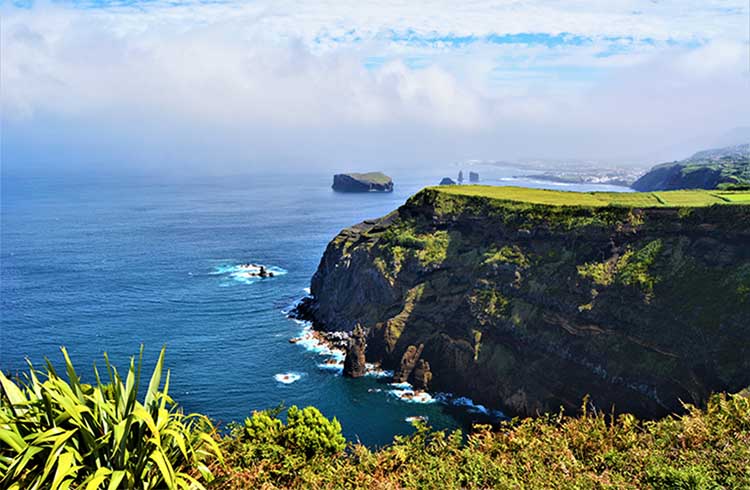 Photo © Isabelle Anne Abraham
Photo © Isabelle Anne Abraham
“People say the whole island is a garden,” remarks Hugo, our guide. We’re traversing the pasturelands of São Miguel, a gem I’d never heard of until a misdirected Google search.
Labeled as the Ilha Verde (Green Island), São Miguel is a lush piece of Portugal nearly 1,000mi (1,610km) from the mainland. It belongs to one of Macaronesia’s four archipelagos, the Azores, which was discovered in the early 15th century. The nine islands here represent the continent’s westernmost frontier, and São Miguel – where more than half the Azorean population lives – is the largest of this cluster.
A geopark in the middle of the North Atlantic Ocean had never been my idea of a European adventure. For one thing, how could a 288 mi² (745km2) space entertain me for almost a week?
But, after arriving at João Paulo II Airport in Ponta Delgada, the region’s capital, I realize that it’s not a typical tropical oasis, with white beaches, swaying palm trees, or crystal-clear turquoise waters.
Instead, the jungly cloud forests, volcanic massifs, and black, sandy coastline come together to form the most beautiful place I’ve ever seen.
- A pastoral paradise
- Cauldrons and caldeiras in Furnas
- São Miguel: an island in transformation
- Hidden marvels among the miradouros (viewpoints)
- Trip Notes
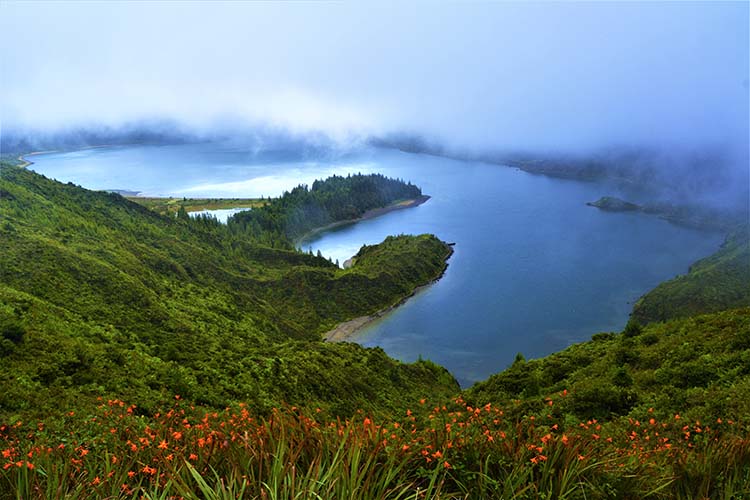
A pastoral paradise
“I’m a rich guy; just look at all this,” proclaims Hugo, as he gestures toward an endless expanse of verdure overhung by cotton-like fog and dotted with multihued blossoms.
It’s my first tour in São Miguel, and a nice change of scenery from the previous day, when I spent a full afternoon staring at the insides of hospitals after a sudden onset of bronchitis. But despite a cough that won’t quit, it’s hard not to appreciate this bucolic vista.
We halt at a roadblock caused by a handful of the thousands of free-roaming Holstein cattle, originally brought here from the Netherlands. In fact, the island’s only endemic mammals are Azores noctule bats, which can be seen zigzagging during the day.
When Portuguese settlers arrived on these rocky shores, they offloaded domestic animals like goats and sheep at Porto dos Carneiros (Rams’ Harbor). In a few years, they returned to herds of thriving livestock, and the locals have relied on them ever since. These days, dairy farming is so essential to the economy that there’s even an annual “Miss Cow” contest to honor the finest bovine beasts.
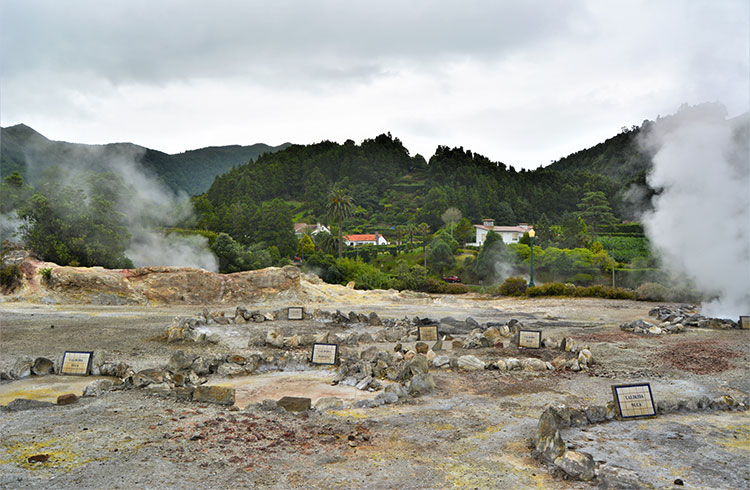
Cauldrons and caldeiras in Furnas
In the eastern civil parish of Furnas, the humidity fastens my hair into frizzy tendrils as an overpowering smell of sulfur ascends from the earth. It’s a village sustained by fumaroles and mud pools, where the springs taste like sparkling water.
In fact, water is the life force of the entire island. The sizzling geysers, magnificent crater lakes, and even spontaneous downpours all have a nurturing role to play.
“The ocean is our best friend, but it’s also our enemy,” says Hugo, a reference to both the current, burgeoning fishing industry and the pirate attacks of the past.
Yet it’s thanks to those marauders that we’re about to feast on São Miguel’s most popular dish: cozido das Furnas, a one-pot meat-and-vegetable stew prepared for hours in steaming pits. This culinary curiosity was unintentionally created when early inhabitants buried their food underground to hide it from pirates. Imagine their surprise when they went to retrieve it later and found a fully cooked meal!
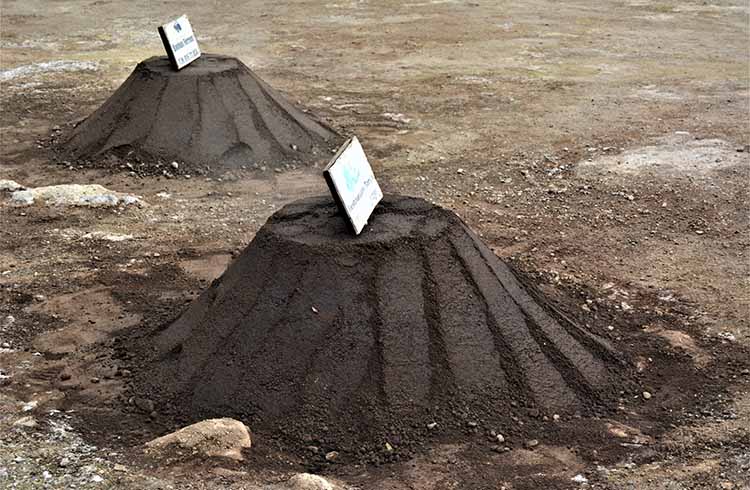
Traveling to Portugal soon? Consider travel insurance
São Miguel: an island in transformation
Wandering around São Miguel is like delving into a bygone world. Carlos, a private guide who’s showing me several towns over the next two days, points out remnants of traditional life throughout the landscape.
In the countryside, farm properties are still partitioned with stone walls, flower hedges, and Japanese cedar trees. The remains of wooden aqueducts that were once used to obtain fresh water can be found along the hills. In urban areas, large chimneys rise above the houses because not too long ago, only rich families could afford heaters. And the narrow streets have few or no sidewalks because they were built solely for donkeys and horses.
But to islanders, São Miguel’s rapid transformation over the decades is apparent. Carlos mentions that the watchtowers we’re passing were used to direct sloops for a whaling practice that ended as recently as the 1980s. Today, these are lookout points for spotters of whale-watching tours, while younger generations use the old hunting boats in regattas.
The changes aren’t just cetacean-related: Windmills now serve as guesthouses, abandoned factories became museums, and the roads turned from gravel to stone to concrete within a single lifetime.
Hidden marvels among the miradouros (viewpoints)
On my last morning in São Miguel, the sky reflects how I’m feeling. Scattered showers have already canceled my whale-watching excursion, and Plan B – a tour of Gruta do Carvão, a lava tube that’s been around for thousands of years – is sold out for the rest of the week.
I’m outside a hotel when Rafael, a guide I met a few days ago, saunters past and mentions that he’s taking vacationers on a walking tour. I pointedly glance up at the menacing clouds that are closing in, but Rafael is unfazed.
“It’s going to be awesome!” he declares, beaming. And though the forecast is rather gloomy, his guileless enthusiasm is enough to brighten my mood.

“Four seasons in one day” seems to be the mantra here, and like Rafael, many Micaelenses embrace the Azores’ tempestuous weather. When popular sights are shrouded by mist or the waves are too wild to sail, alternative treasures await: the indoor streets of a quirky gallery, Europe’s only tea plantations, and so much more.
So, when the rain rearranges the route of my final tour, Fernando, our group’s guide, makes an unscheduled stop at an idyllic valley buried in the heart of the mountains. And it’s there, in a secret location, that I find my favorite spot on the island.
A sea breeze greets us from a nearby cliff while a gurgling stream rushes past and cascades into a waterfall below. The greenery of the surrounding slopes, adorned with winding paths and bouquets of hydrangeas, begins to glow under the late afternoon sun.
Jenny, a fellow traveler who’s visiting São Miguel for the sixth time, gazes around.
“This is why I keep coming back,” she says.
Trip Notes
- Azores weather is best in summer, but that’s also when prices are double what they are in the off season.
- Renting a car is one of best ways to explore; book early to ensure vehicles don’t run out.
- Islanders themselves note that São Miguel’s healthcare is not ideal. Flu shots and other preventive measures are recommended^.
^The information on this page should not be considered medical advice, you should seek the advice of your doctor.
Related articles
Simple and flexible travel insurance
You can buy at home or while traveling, and claim online from anywhere in the world. With 150+ adventure activities covered and 24/7 emergency assistance.
Get a quote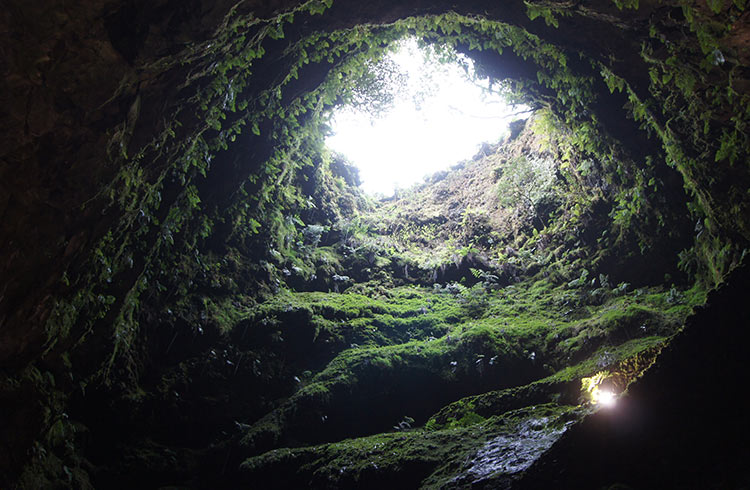
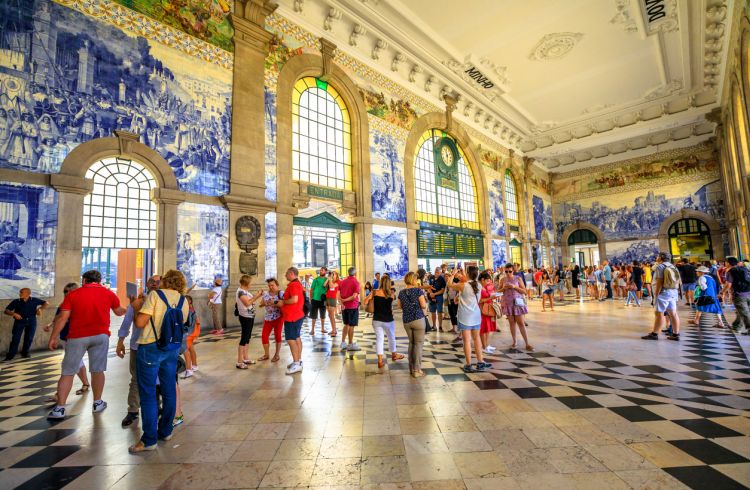
No Comments